
The compound (E) is :
Two moles of 
Two moles of 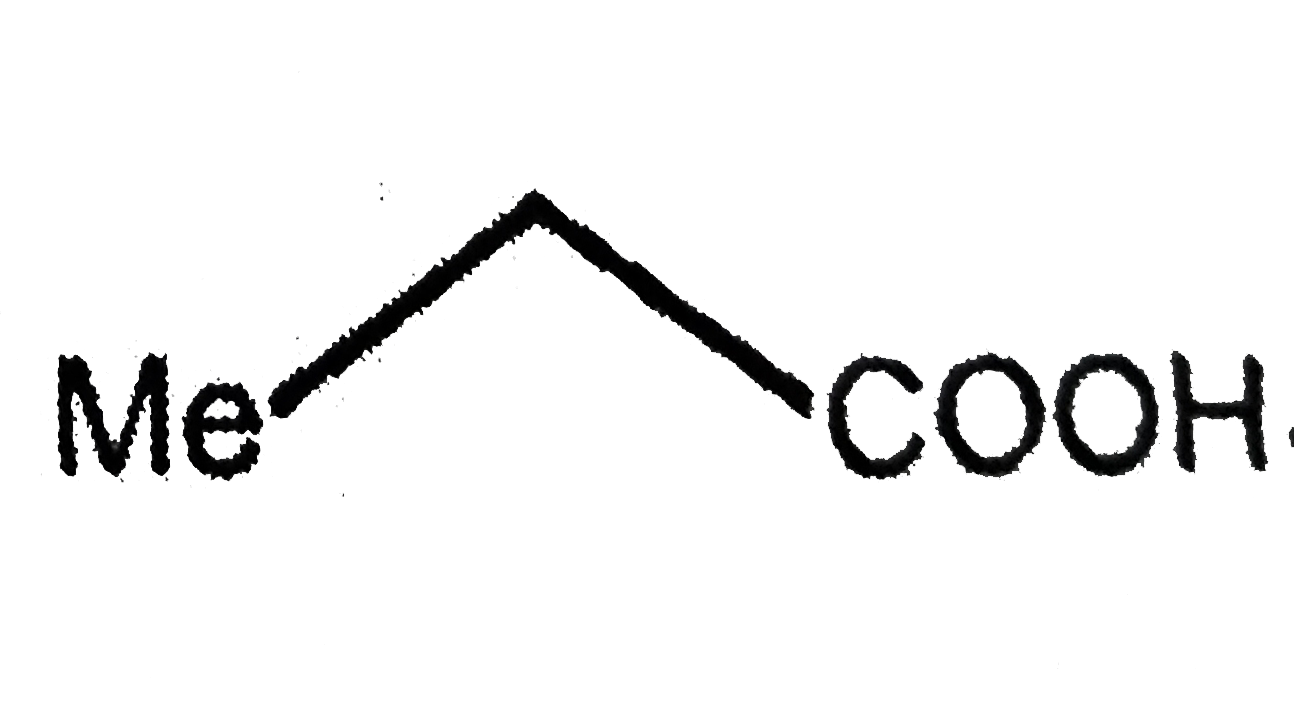
One mole of (A) and one mole of (B)
No reaction.
The correct Answer is:A
Topper's Solved these Questions
- REDUCTION, OXIDATION & HYDROLYSIS REACTIONSBook:RESONANCEChapter:REDUCTION, OXIDATION & HYDROLYSIS REACTIONSExercise:Part-I : Jee (Advanced) (Previous years)
Explore 13 Videos
- REDUCTION, OXIDATION & HYDROLYSIS REACTIONSBook:RESONANCEChapter:REDUCTION, OXIDATION & HYDROLYSIS REACTIONSExercise:Part-II JEE (Main) AIEEE Problems (Previous Years)
Explore 16 Videos
- REDUCTION, OXIDATION & HYDROLYSIS REACTIONSBook:RESONANCEChapter:REDUCTION, OXIDATION & HYDROLYSIS REACTIONSExercise:Part-III: One or more than one options correct type
Explore 5 Videos
- PERIODIC TABLE & PERIODICITYBook:RESONANCEChapter:PERIODIC TABLE & PERIODICITYExercise:Inorganic chemistry (Periodic Table & Periodicity
Explore 61 Videos
- S BLOCK ELEMENTSBook:RESONANCEChapter:S BLOCK ELEMENTSExercise:INORGANIC CHEMISTRY(s-Block Elements)
Explore 36 Videos
Similar Questions
An organic compound C8H10 (A) on treatment with alkaline KMnO4 gives a compound C6H6O4. (B) which on strong heating gives C6H4O3 (C). The compound (D) in dry benzene in presen of AlCl3 gives compound (E). The compound (E) on treatment with PCl5 followed by reaction with H2/Pd,BaSO4 gives compound (F). Identify (A) to (F).
View Solution
The compound E may be
View Solution
Knowledge Check

The compounds (E) is:Aa. Bb.HCHO+Me3C−CHOCc.
Bb.HCHO+Me3C−CHOCc.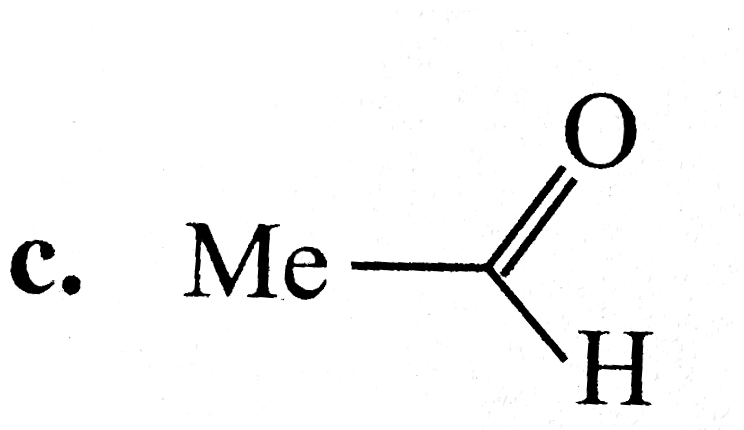 Dd.
Dd.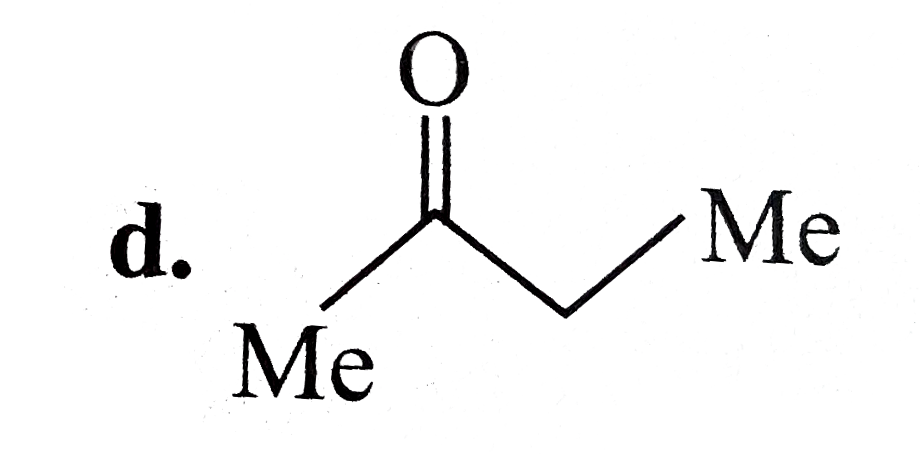
Consider the following reaction :
 ,
,
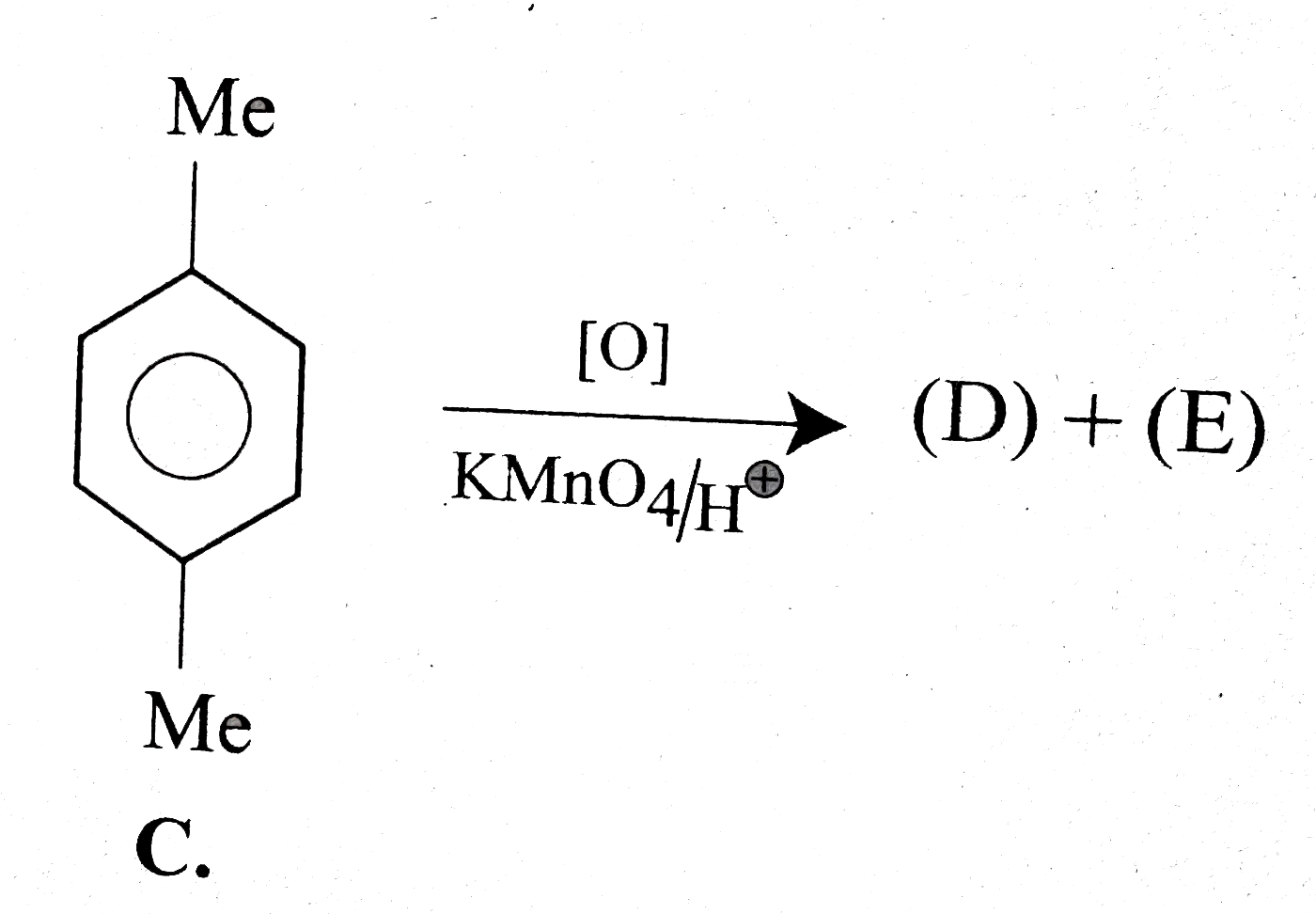 .
.
The compound D is an ortho-isomer and E is a p−isomer.ThecompoundsDandE, respectively, are :APhthalic and isophthalic acidsBIsophthalic and phthalic acidsCTerephthalic and phthalic acidsDPhthalic and terephthalic acids.Cyclohexane on ozonolysis followed by reaction with zinc dust and water gives compound E, on further treatment with aqueous KOH followed by heating yields compound F. The compound F is
A B
B C
C D
D
Which hydrogen in compound (E) is easily replaceable during bromination reaction in presence of light ?

View SolutionWhich hydrogen in compound (E) is easily replaceable during bromination reaction in presence of light ?

View SolutionConsider the following reaction :
 ,
,
 .
.
The compound D is an ortho-isomer and E is a p−isomer.ThecompoundsDandE, respectively, are :
View SolutionParagraph for problems 9−15
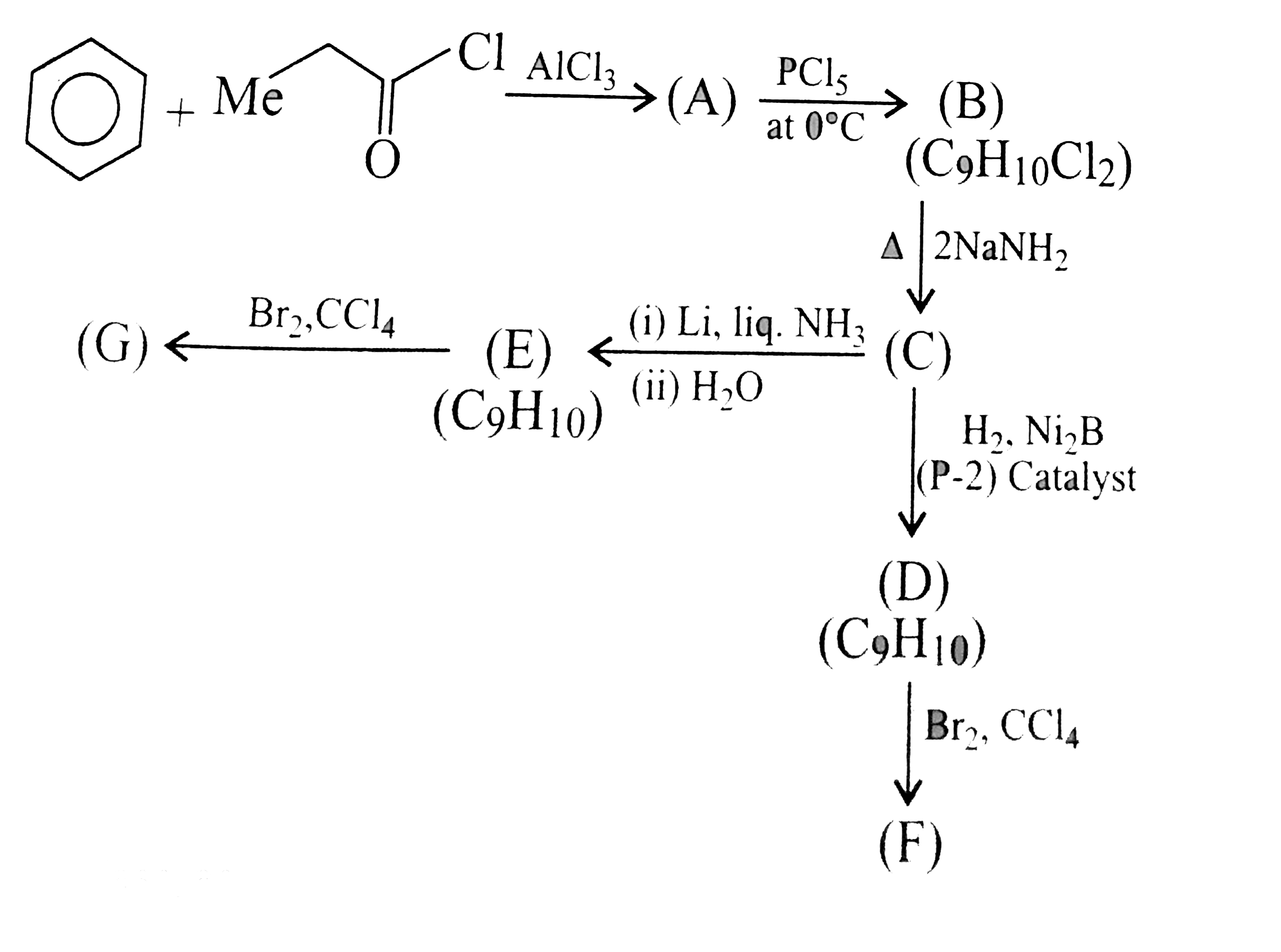
Compound (E) is:
View Solution(A)+NaCl→(B) (white ppt.)
(B)+Ki→(C) (green ppt).
(C)+KI(excess)→(D)+(E) (colourless solution)
(E)+NH3+KOH→(F)
Q. Type of hybridization in compound (E) is:
View Solution
